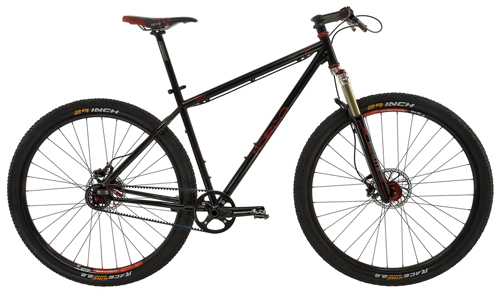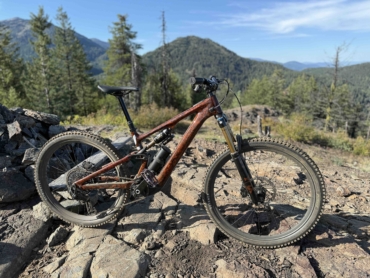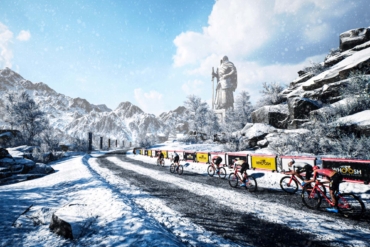Norco made the Judan for steep mountain biking areas. It comes set in only one configuration, and its sprockets spin easily on rolling trails and going up hills. But on flats, and especially going downhill, the ratio limits your speed.

Because the Judan is a single-speed bike, you cannot shift up or down to match the terrain. Single-speed is how many belt-drive bikes are configured. To get “gears” with a belt drive, you need an internally-geared hub, which are becoming more common from companies like Rohloff and Shimano.
Overall, the Gates belt drive functioned little differently from a chain in my test. It provided all the power of metal links, though with a few advantages. Mud clogging the chain was less of an issue with the belt drive. Gates touts its polyurethane belt as unlikely to stretch or break. Not having to lube a chain is a nice feature, too.
On ultra-light bikes, the Gates system is appealing, as it can shave ounces off total bike weight. A complete Gates belt-drive and sprockets system weighs a mere 240 grams.

For bike commuters, the belt drives might make even more sense. Ever arrived at school or work with a grease stain on the inside of your pants cuff? This situation is not possible with a grease-free belt drive.
Cost is significant, however. A Gates belt drive can add a couple hundred dollars to a bike’s retail price.
But from world champion riders to workaday commuters, belt drives are catching on. Watch this year for more people pedaling carbon-embedded belts — and leaving the bike chain behind.
—Stephen Regenold is founder and editor of www.gearjunkie.com.






